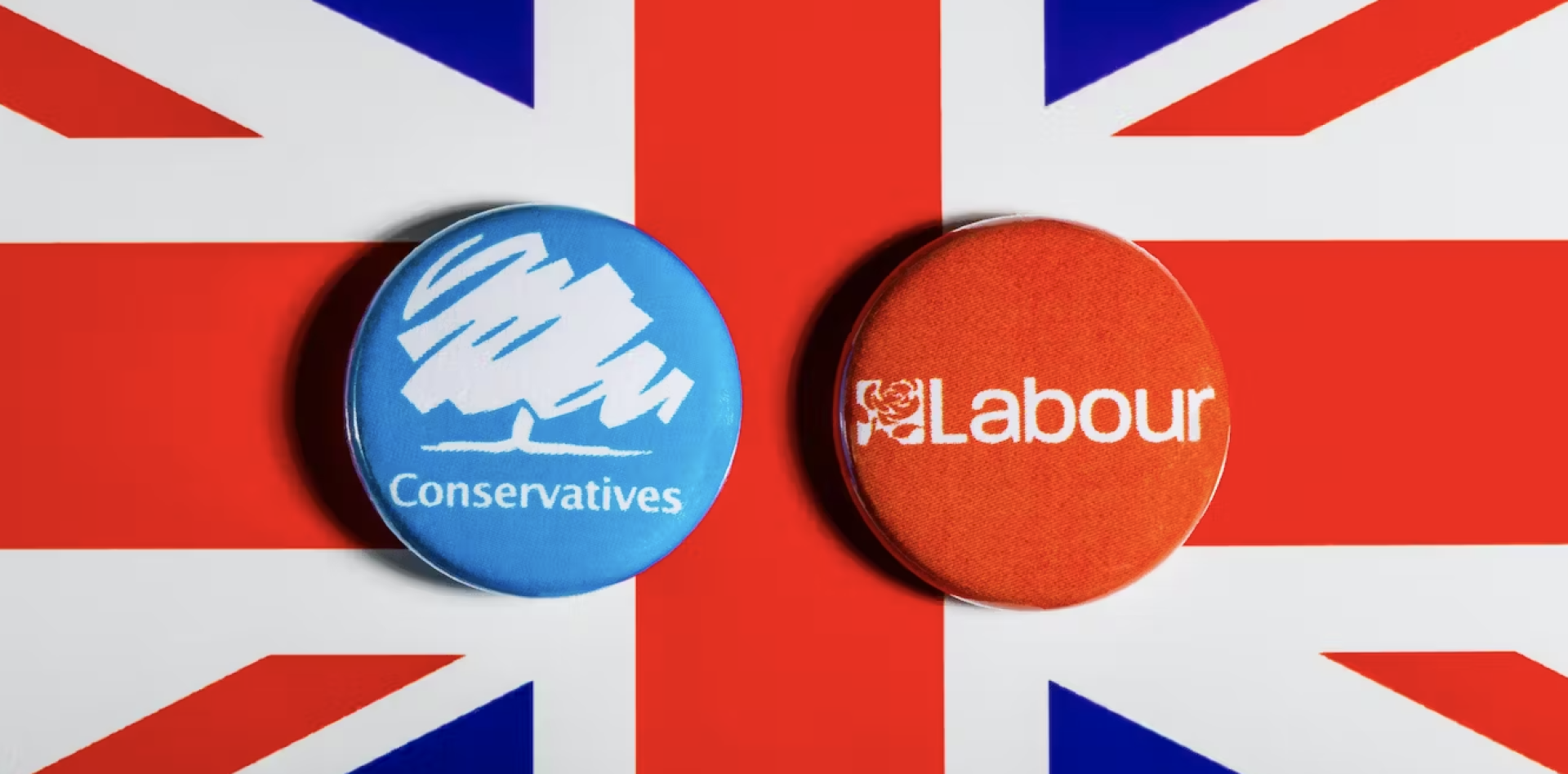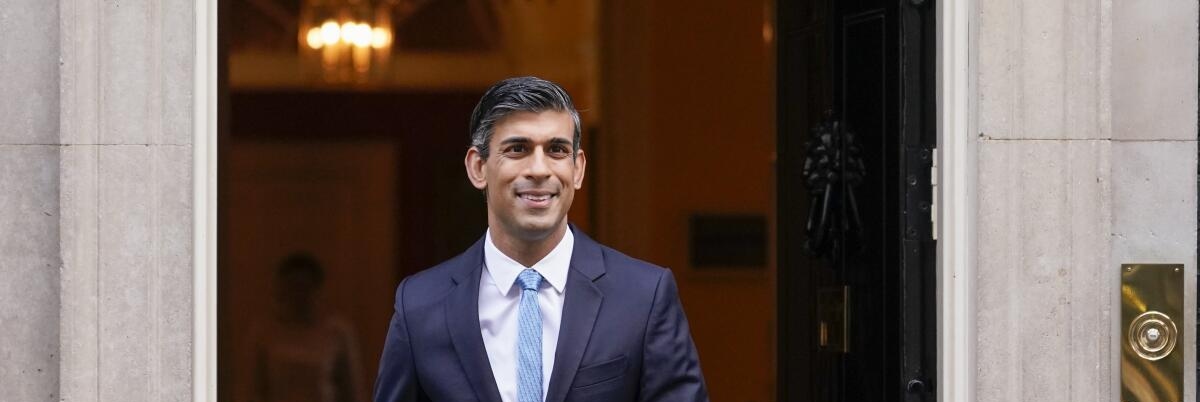General elections are a fundamental aspect of democratic governance, allowing citizens to participate in the selection of their representatives and the formation of a government. General elections are typically held at regular intervals, although specific timelines can vary between countries. In the United Kingdom, for example, elections are held at least every five years.
Before a general election, the existing parliament is dissolved. This marks the end of its term, and members of parliament cease their duties. Political parties or independent candidates nominate individuals to run for office. Each candidate represents a specific constituency or electoral district.
Candidates engage in election campaigns to garner support from the public. This involves various activities, including public speeches, debates, and the distribution of campaign materials.
Citizens must be registered to vote in the election. The registration process ensures that eligible individuals can participate in the democratic process.
On the designated voting day, registered voters cast their ballots at polling stations. The voting process is confidential, allowing individuals to express their preferences without fear of reprisal. After the polls close, the votes are counted to determine the outcome in each constituency. The candidate with the highest number of votes in a constituency wins the seat.
The political party or coalition that secures the majority of seats in the parliament forms the government. In some systems, the leader of the winning party becomes the head of government (e.g., Prime Minister).Parties that do not form the government constitute the opposition. They play a crucial role in holding the government accountable and presenting alternative policies.
Once the election results are confirmed, there is a peaceful transition of power. The newly elected representatives take their seats in the parliament, and the new government assumes office.
After the election, there is often a period of reflection and analysis of the results. This includes discussions on voter turnout, the impact of campaign strategies, and potential policy shifts.
General elections are a cornerstone of democratic governance, providing citizens with the opportunity to influence the direction of their country through the selection of political leaders. The process ensures representation, accountability, and the peaceful transfer of power.
Are Britons Fed Up of Labour and Tories?

Public sentiment towards the Labour and Conservative parties in the UK is diverse and subject to change based on various factors. It's essential to recognize that opinions are varied, and not all Britons share the same perspective. Public opinion often fluctuates over time, influenced by political events, economic conditions, and leadership decisions. Britons may express dissatisfaction with one party during a specific period but reassess their views in subsequent elections.
Voter sentiment can be shaped by the perceived effectiveness of each party's policies. Shifts in party platforms or the introduction of new policy proposals can impact public perceptions.
Public approval of party leaders plays a crucial role. Leadership changes within parties can lead to shifts in popularity. Voters may express discontent with a party if they are dissatisfied with its current leader. Economic conditions, such as unemployment rates, inflation, and the overall state of the economy, can significantly influence public opinion. Parties in power may face criticism or gain support based on their perceived impact on economic well-being.
Stances on social and cultural issues, including topics like immigration, healthcare, and education, can shape public sentiment. Parties that align with prevailing views on these issues may gain or lose support.
Trust in political parties is crucial. Public perception of transparency, accountability, and responsiveness to constituents can impact trust levels. Scandals or perceived lack of integrity can lead to dissatisfaction. The rise of alternative parties or movements may reflect a desire for change. Some voters may express frustration with traditional parties and explore alternatives that align more closely with their values. Media coverage can shape public opinion. Positive or negative portrayals of party actions, policies, or leaders can influence how voters perceive each party.
Sentiment can vary across regions, reflecting different priorities and experiences. What resonates with voters in one area may differ from what matters most to those in another. Younger and older generations may have varying perspectives on political parties. Issues such as climate change, social justice, or economic inequality may resonate differently with different age groups.
In summary, while some Britons may express dissatisfaction with the Labour and Conservative parties, others may continue to support them based on perceived strengths, policy positions, or historical allegiances. Public opinion is dynamic and influenced by a myriad of factors, making it challenging to make sweeping generalizations about the sentiments of the entire population.


Leave your comments
Post comment as a guest